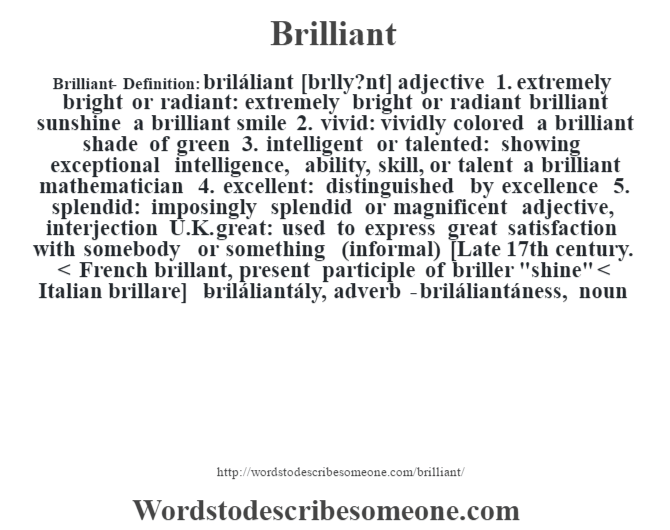


The length of the lower girdle facets affects whether Hearts and arrows can be seen in the stone, under certain viewers.Other proportions also affect the look of the diamond: A slightly steep pavilion angle can sometimes be complemented by a shallower crown angle, and vice versa. The relationship between the crown angle and the pavilion angle has the greatest effect on the look of the diamond. Solitary ring and diamond before mounting As a result, the pavilion main facets have become narrower. Since 1919, the lower girdle facets have become longer. It does not consider the effects of indexed upper girdle facets.įigure 2 is adapted from Figure 37 of Marcel Tolkowsky's Diamond Design, which was originally published in 1919. įigures 1 and 2 show the facets of a round brilliant diamond.įigure 1 assumes that the "thick part of the girdle" is the same thickness at all 16 "thick parts". Once again, we can see that Tolkowsky's predictions are helpful in explaining optimal diamond performance, but they are incomplete by today's (2001) technological standards.

However, we (Green et al.) now know that a diamond's appearance is composed of many light paths that reflect considerably more than two times within that diamond. This factor further highlights the need to reevaluate Tolkowsky's results, and to recalculate the effects of a diamond's proportions on its appearance aspects.Īnother important point to consider is that Tolkowsky did not follow the path of a ray that was reflected more than twice in the diamond. Although diamonds are highly symmetrical, light can enter a diamond from many directions and many angles. A diamond's panorama is three-dimensional. Just as a two-dimensional slice of a diamond provides incomplete information about the three-dimensional nature of light behavior inside a diamond, this two-dimensional slice also provides incomplete information about light behavior outside the diamond. 2001: īecause every facet has the potential to change a light ray's plane of travel, every facet must be considered in any complete calculation of light paths. Some gem cutters refer to an American brilliant cut or a Scandinavian brilliant cut. While the facet count is standard, the actual proportions (crown height and angle, pavilion depth, etc.) are not universally agreed upon. Many girdles have 32, 64, 80, or 96 facets these facets are not counted in the total. In recent decades, most girdles are faceted. The modern round brilliant consists of 58 facets (or 57 if the culet is excluded), ordinarily today cut in two pyramids placed base to base: 33 on the crown (the top half above the middle or girdle of the stone), truncated comparatively near its base by the table, and 25 on the pavilion (the lower half below the girdle), which has only the apex cut off to form the culet, around which 8 extra facets are sometimes added. The girdle and culet are cut from the ideal brilliant. The ideal proportions are 100% diameter, 53% table, 43,1% pavilion and 16,2% crown. However, the balance between warmth and brilliance should be kept in mind excessive high frequency absorption will reduce brilliance unfavorably.The original round brilliant-cut was developed by Marcel Tolkowsky in 1919. One way to do this is to add materials in the space which absorb energy at high frequencies better than at low frequencies. To increase the warmth, one should increase the low frequency RT while maintaining or decreasing mid to high frequency RT. Listen to halls with different Bass Ratios.Ī bass ratio between 1.1 and 1.25 is desirable in halls with a high RT, and a bass ratio between 1.1 and 1.45 is recommended for any hall with an RT of 1.8 sec or less.Ĭlick for Bass Ratios of famous concert halls. Where the numerator is an average of RT’s measured in the 125 Hz and 250 Hz octave bands, and the denominator is an average of RT’s measured in the 500 Hz and 1000 Hz octave bands. Thus, the Bass Ratio (BR) has been suggested as an objective measure of warmth: If a sound field is too warm, the hall can be undesirably “dark.” With too much brilliance, the sound is harsh, brittle, and metallic sounding.Īcousticians have determined that balancing warmth and brilliance is achieved by balancing the ratio of low frequency Reverberation Time (RT) to high frequency RT. Either one of these qualities is desirable in moderation. Its counterpart may be considered to be brilliance, which refers to a bright, clear, ringing sound. Warmth is a term used to describe a cozy smoothness to the music.


 0 kommentar(er)
0 kommentar(er)
